Descripción
Introduction of dihydroquercetin
Dihydroquercetin, as an important flavonoid compound, belongs to Vitamin P , exists in various plants and is particularly abundant in larch, especially in Douglas fir. In recent years, dihydroquercetin has also been found in fruits, especially in grapes, oranges, and grapefruits. Currently, dihydroquercetin has high potential for development as a food additive, health food, and drug due to its anti-tumor, antioxidant , anti radiation, antiviral, anti cardiovascular disease, improvement of capillary microcirculation and cerebral blood circulation, antiplatelet coagulation, and other effects. This article focuses on the research progress of dihydroquercetin in four aspects: its structure, function, detection methods, extraction methods, and application development.
English name: taxifolin; (2r,3r)-3,3′,4′,5,7-pentahydroxyflavanone; (2r,3r)-Dihydroquercetin
Application
- Dihydroquercetin, due to its unique antioxidant and biological activities, has become a new food additive. And it is used as a food additive to preserve food raw materials and food itself, with properties such as anti-corrosion and preventive treatment. In medical field, the antioxidant properties of dihydroquercetin can serve as a powerful inhibitory factor, comparable to or superior to many existing antioxidants, whether synthetic or natural, and are non-toxic, non allergenic, and non mutagenic. Adding dihydroquercetin to vegetable oil, animal fat, dry milk powder and fatty candy Dim sum can extend the validity period by 2 to 3 times, and under this condition, the food can obviously show improved performance.
- In the pharmaceutical industry, due to its inhibitory effects on cancer cell development, antiviral and antioxidant properties, dihydroquercetin can be used to produce therapeutic and concentrated drugs for the human circulatory system, drugs to eliminate anesthetic dependence, drugs to treat the consequences of irradiation and radioactive isotopes, drugs to delay human aging, drugs to treat genetic abnormalities in the human body, and bioactive additives.Dihydroquercetin is used as a raw material for high-end food.
- Industry Application
Dihydroquercetin has been applied in industry to develop its antioxidant function, and its performance exceeds many known antioxidants currently in use, such as shock absorbers for engine materials and jet rockets, stabilizers for rocket materials and hydrocarbon materials, stabilizers for generator oil and industrial oil, and antioxidants for pigments and paints.
Certificates of Analysis
|
ITEM
|
SPECIFICATION
|
TESTING METHOD
|
|
Assay
|
98%
|
HPLC
|
|
Physical & Chemical Control
|
||
|
Appearance
|
Colorless needle shaped crystal
|
Visual
|
|
Odor
|
Characteristic
|
Organoleptic
|
|
Tasted
|
Characteristic
|
Organoleptic
|
|
Sieve Analysis
|
100% pass 80 mesh
|
80mesh screen
|
|
Loss on Drying
|
7% Max. (1% Max If 98%)
|
GB 5009.3
|
|
Ash
|
9% Max. (1% Max If 98%)
|
GB 5009.4
|
|
As
|
1.0ppm Max
|
GB 5009.11
|
|
Pb
|
2.0ppm Max
|
GB 5009.12
|
|
Hg
|
1.0ppm Max.
|
GB 5009.17
|
|
Cd
|
0.1ppm Max
|
GB 5009.15
|
|
Microbiological
|
||
|
Total Plate Count
|
10000cfu/g Max.
|
GB 4789.2
|
|
Yeast & Mould
|
100cfu/g Max
|
GB 4789.15
|
|
E.Coli
|
Negative
|
GB 4789.3
|
|
Staphylococcus
|
Negative
|
GB 29921
|
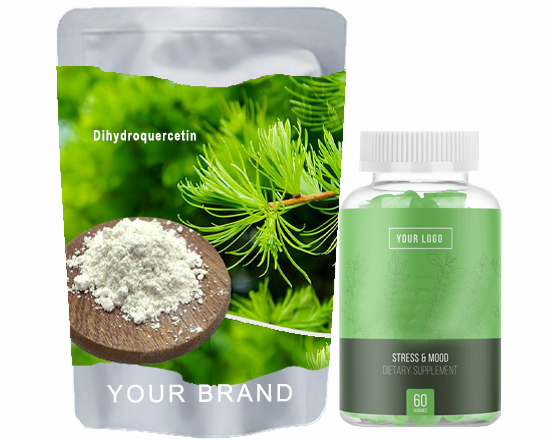
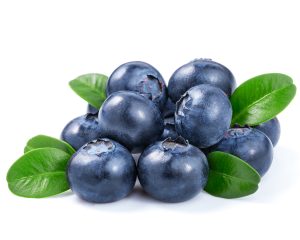
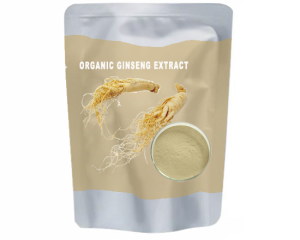
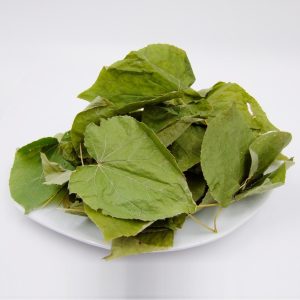
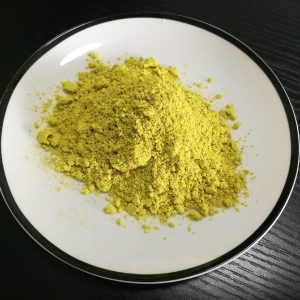
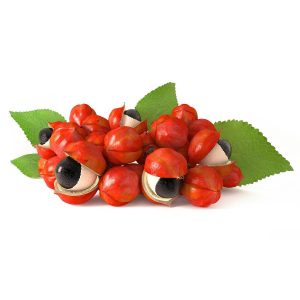
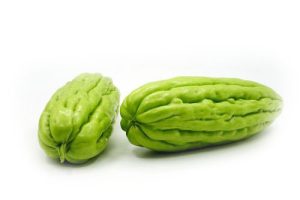
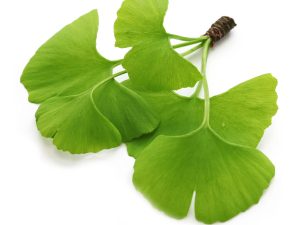
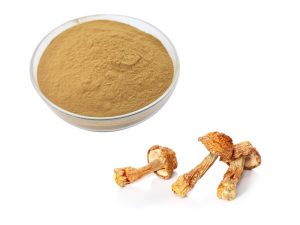
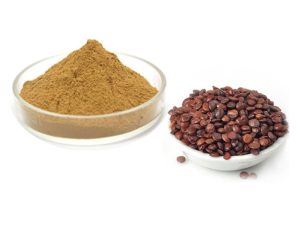

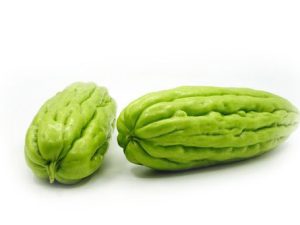
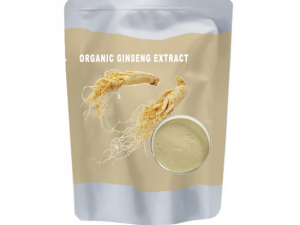
Valoraciones
No hay valoraciones aún.